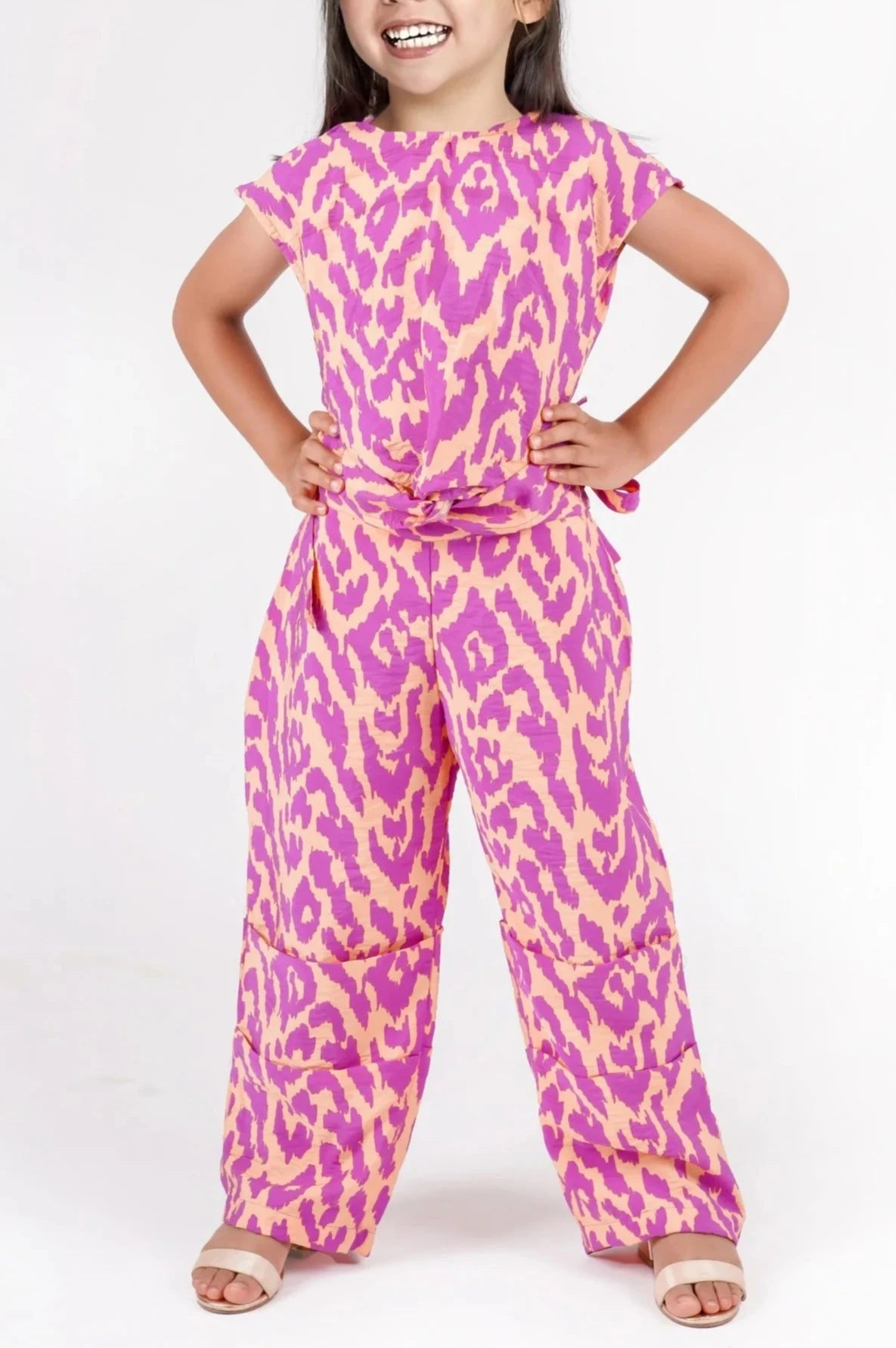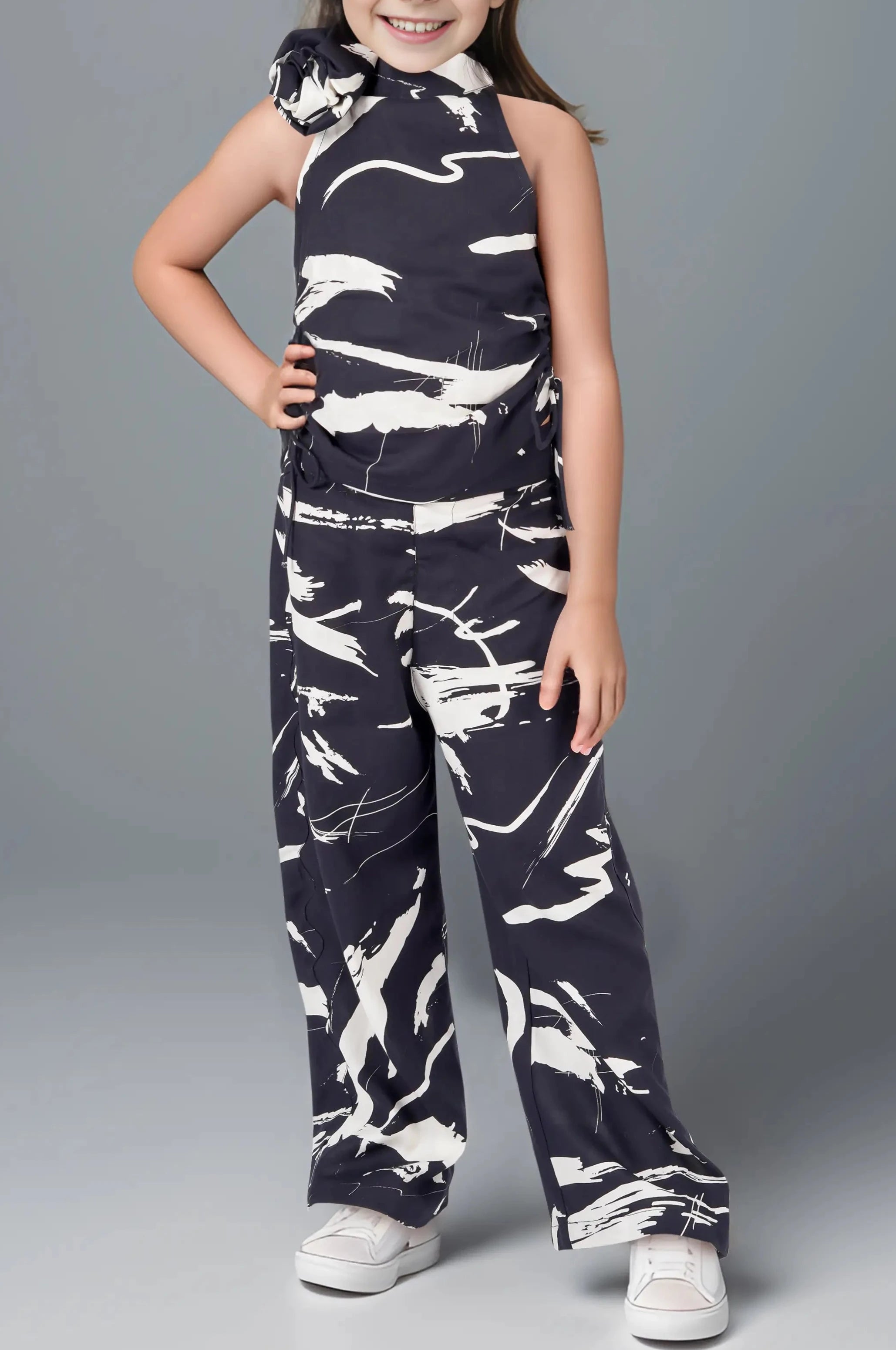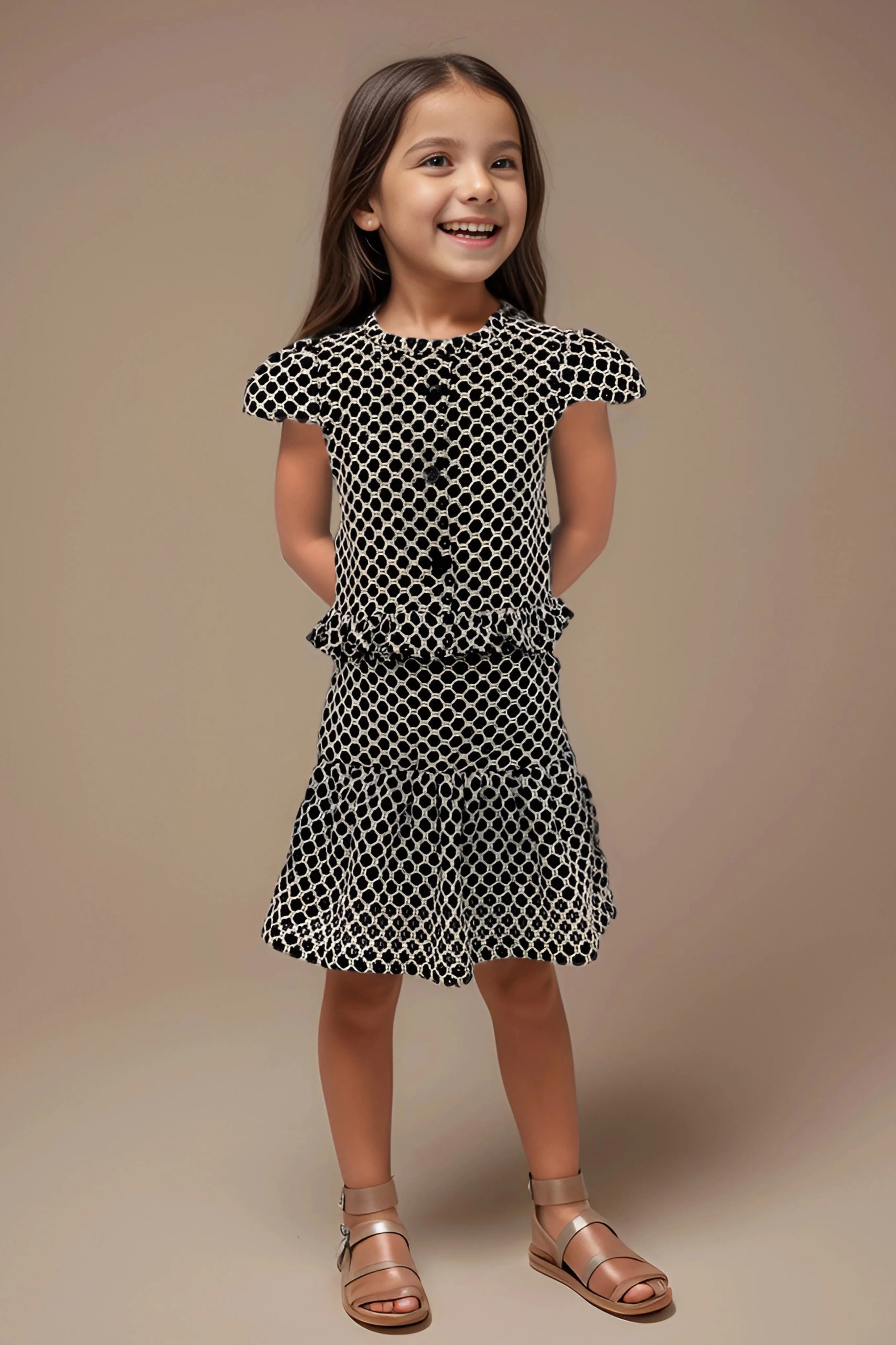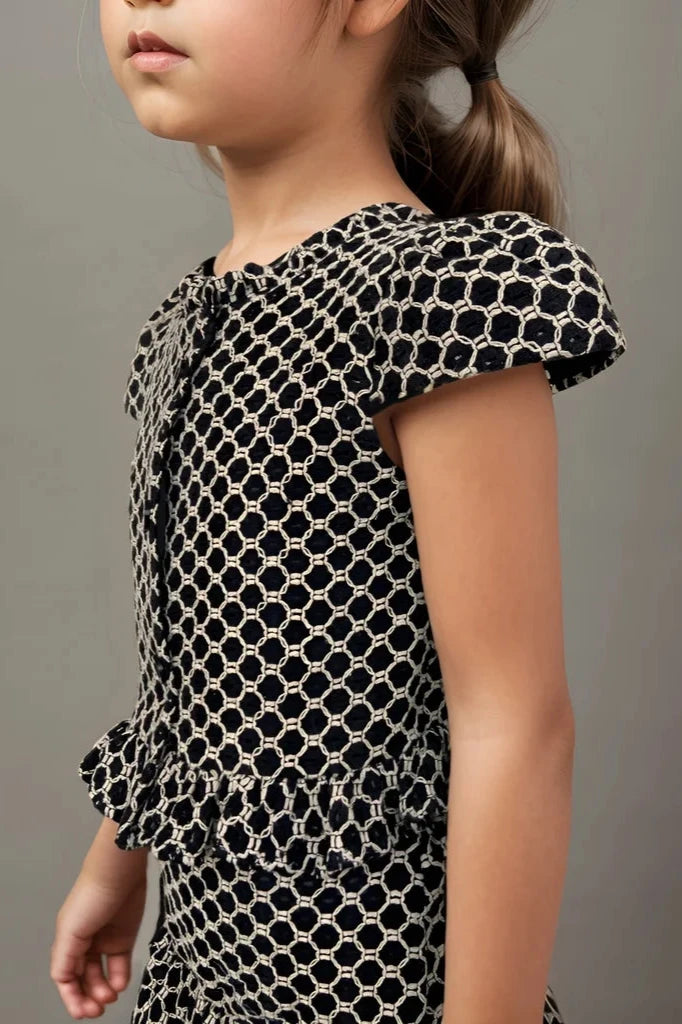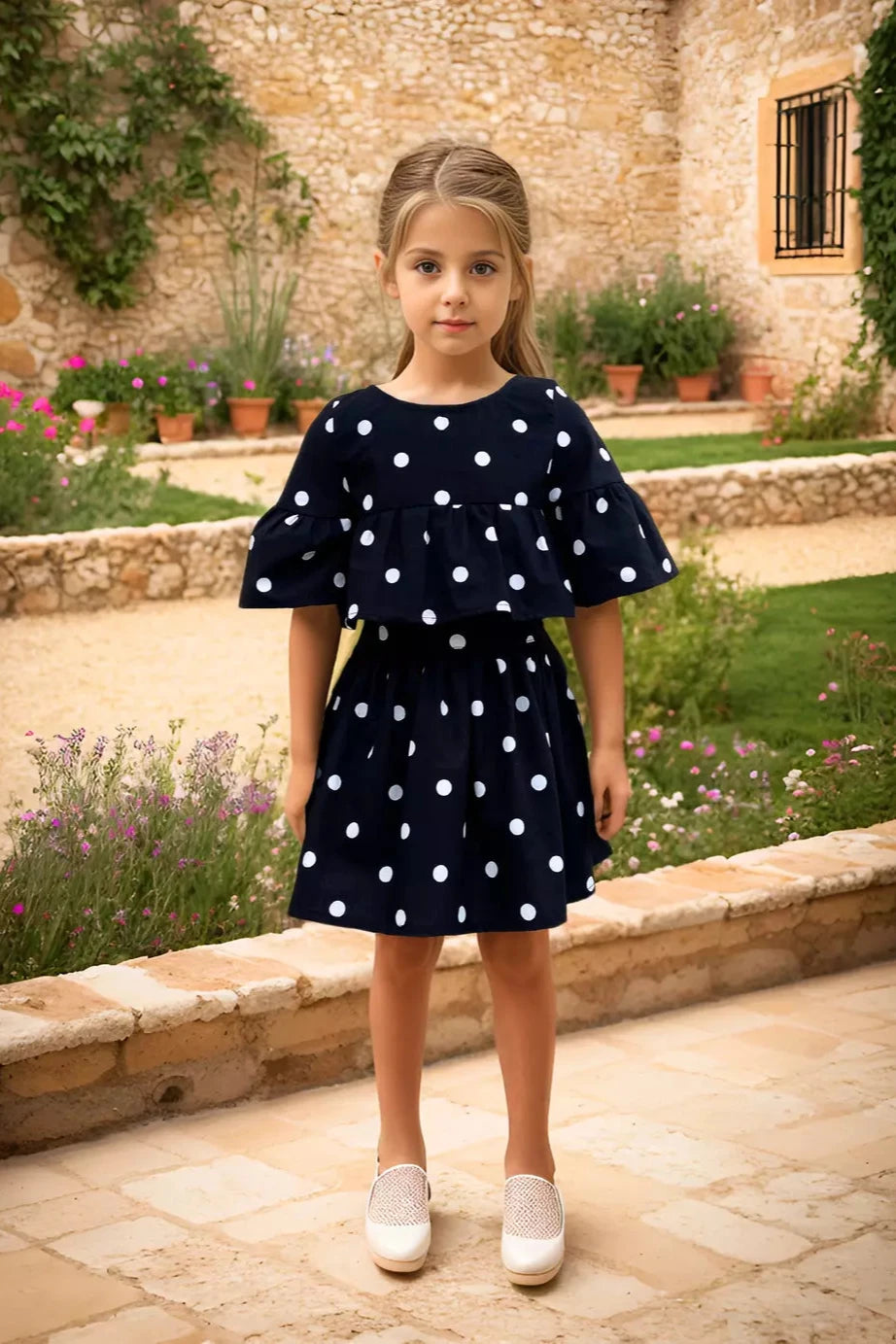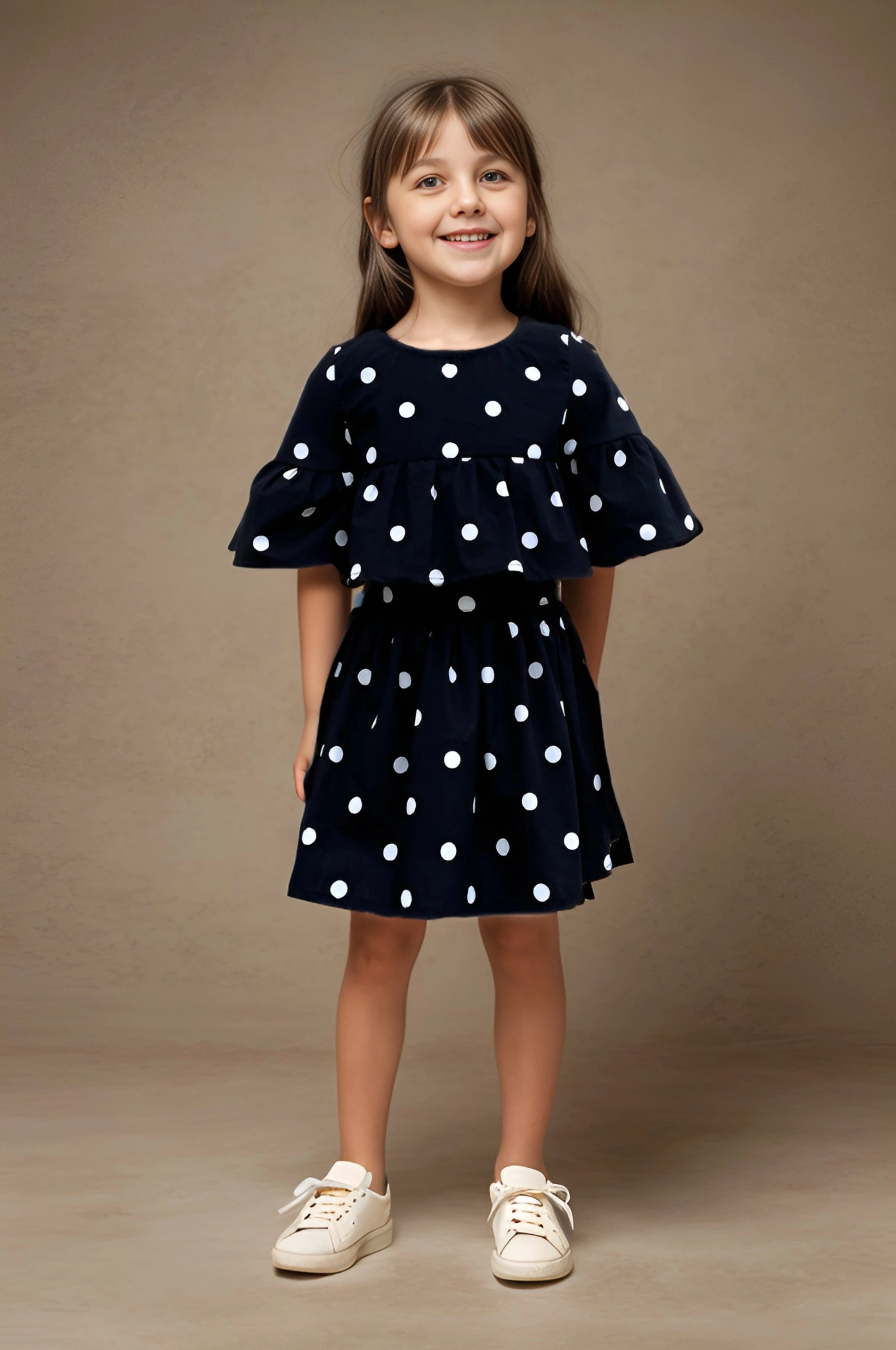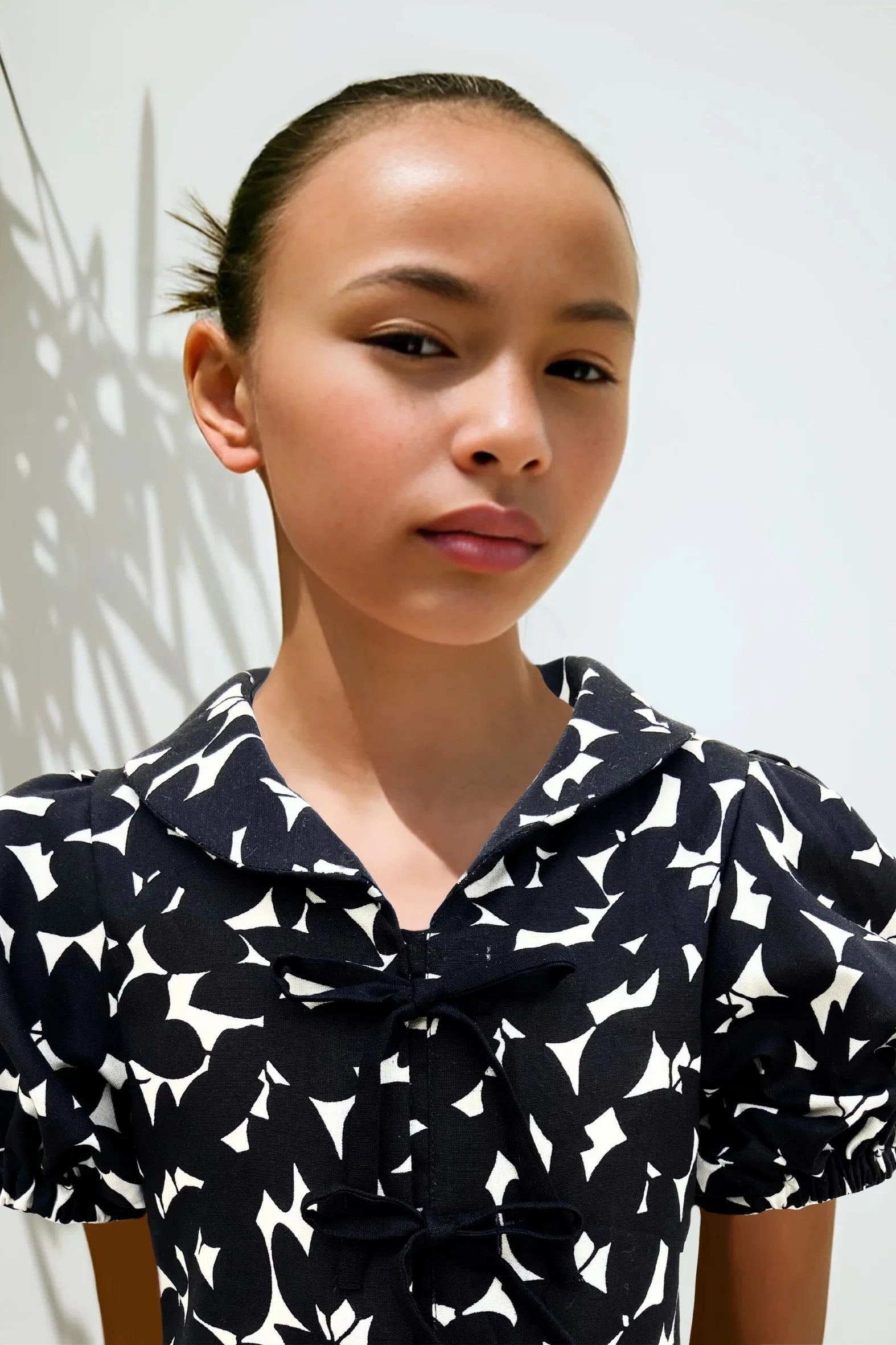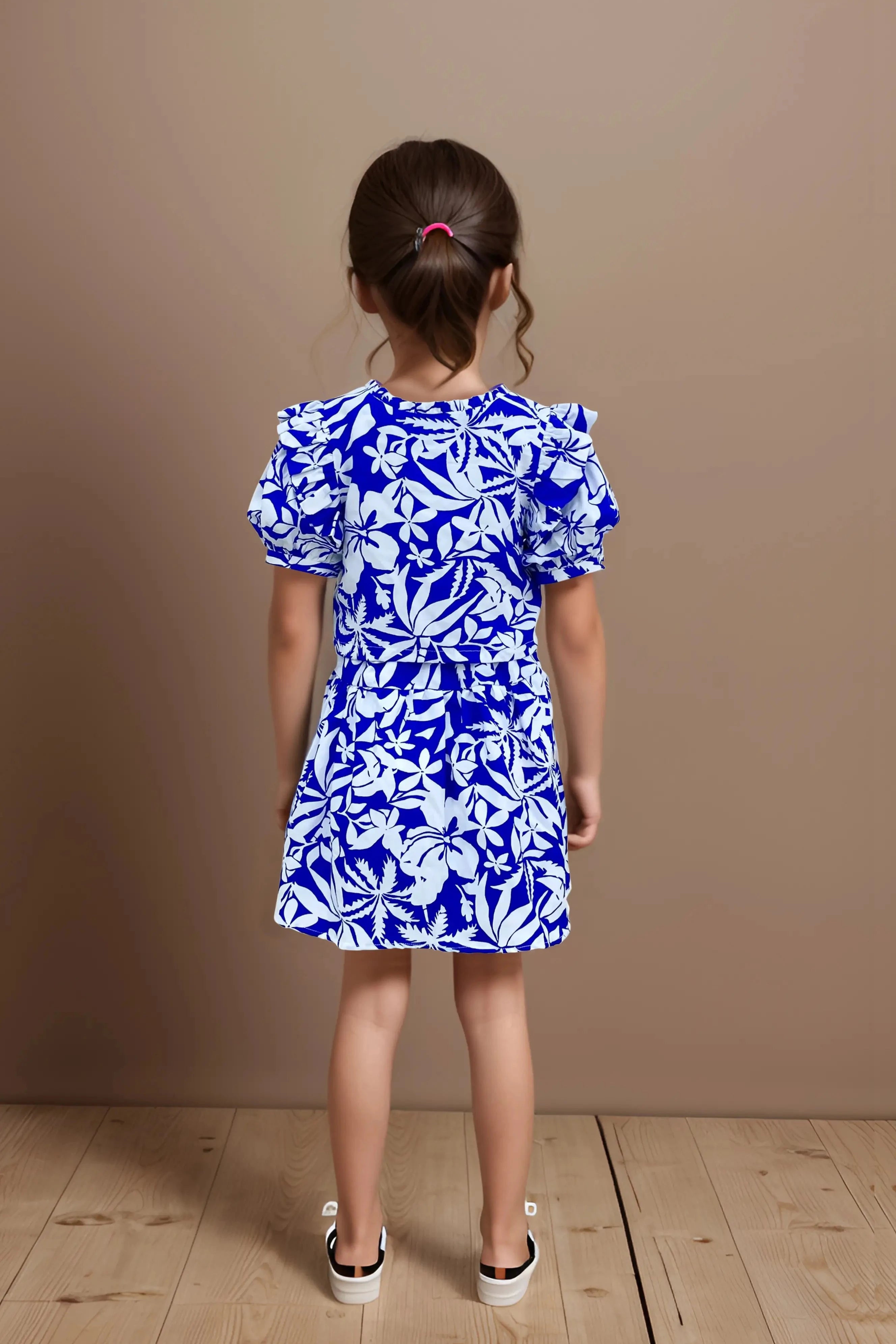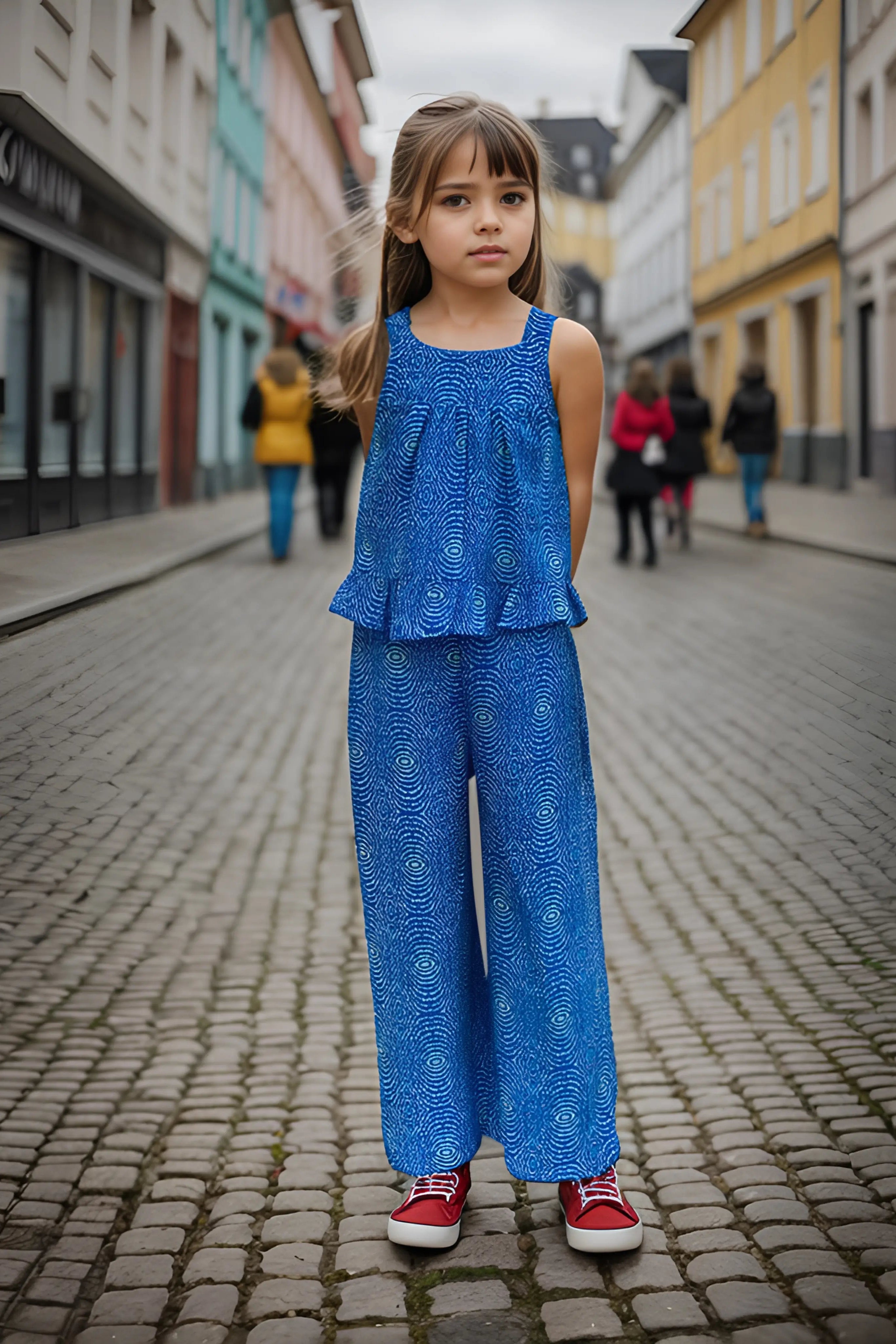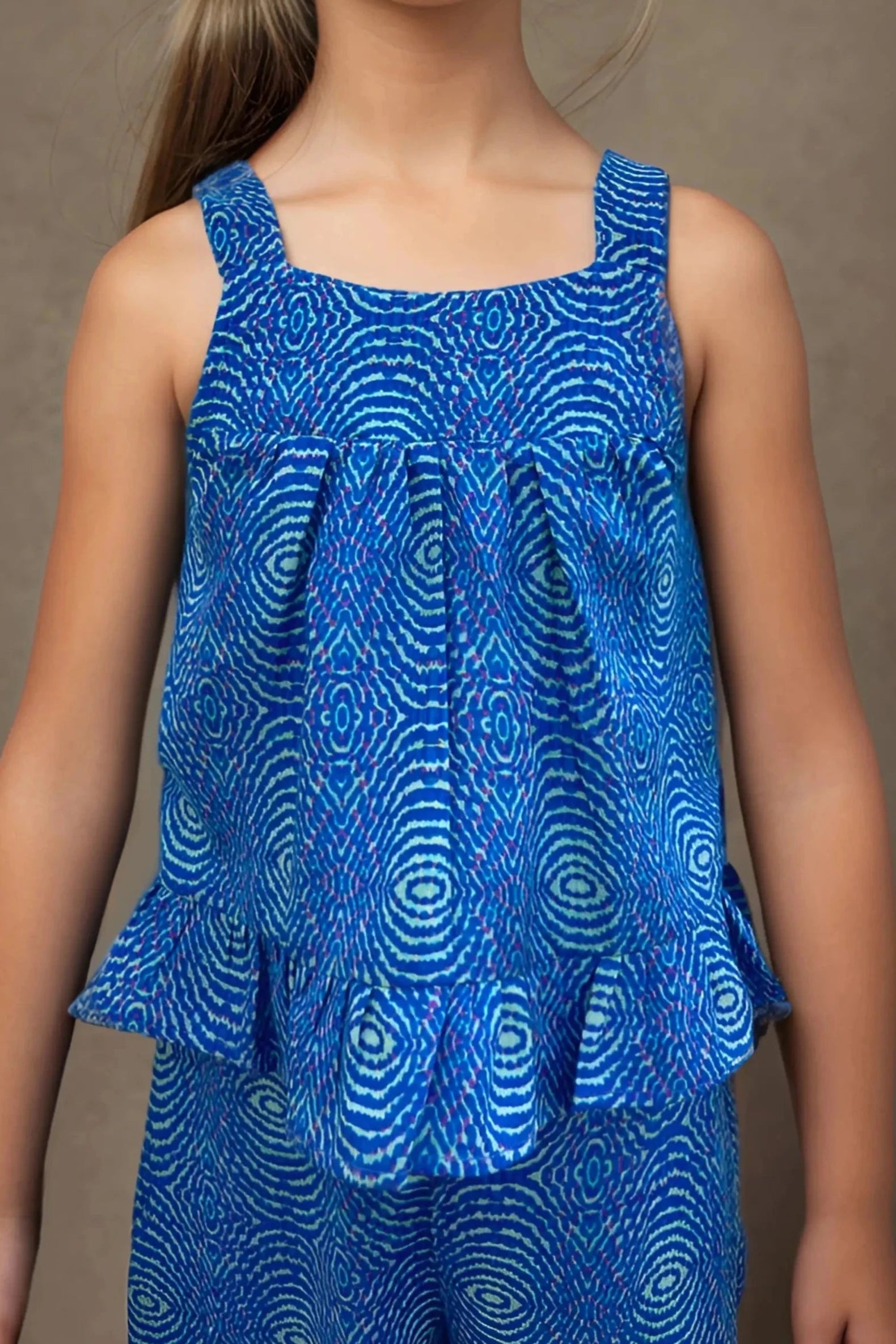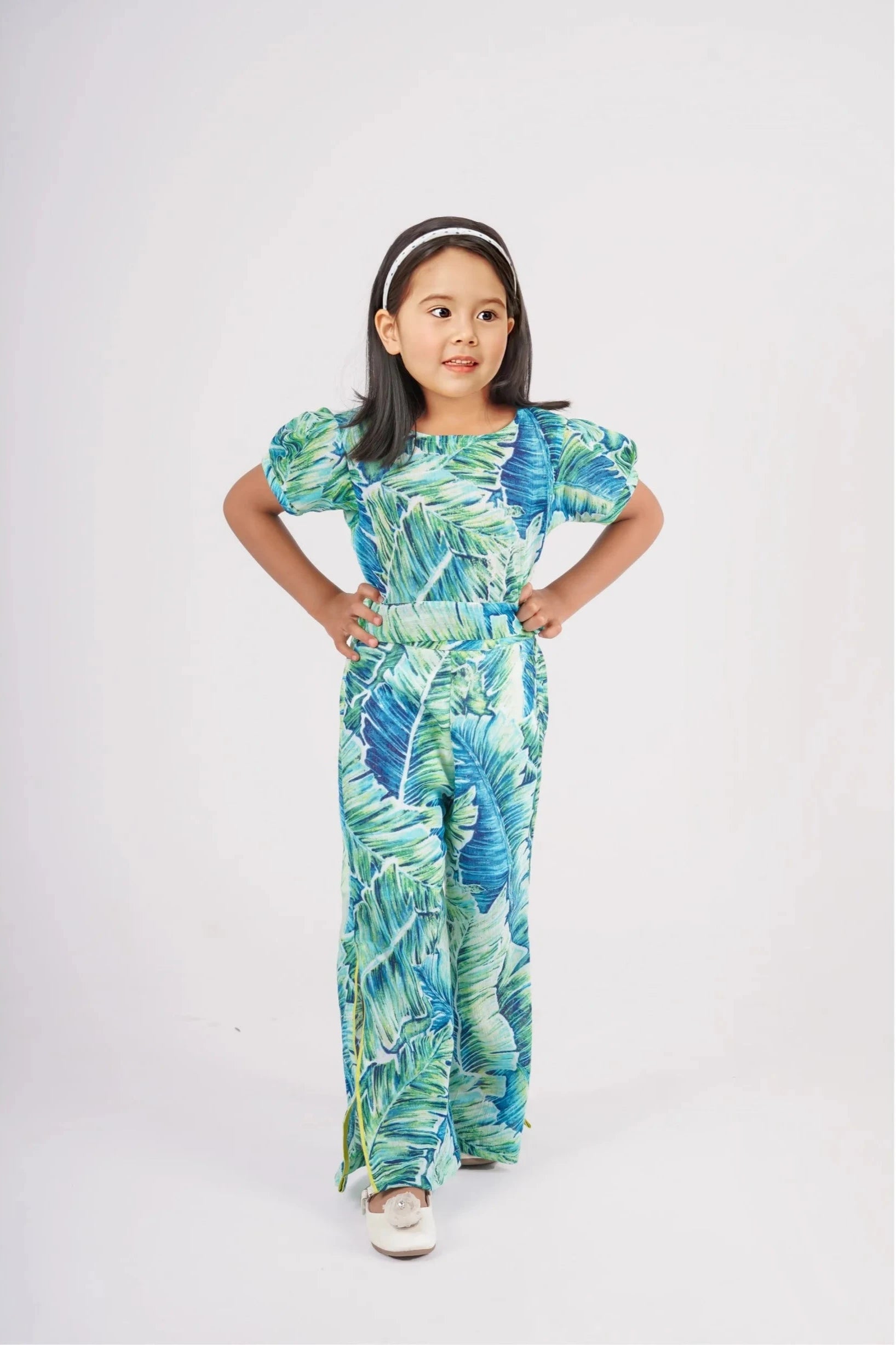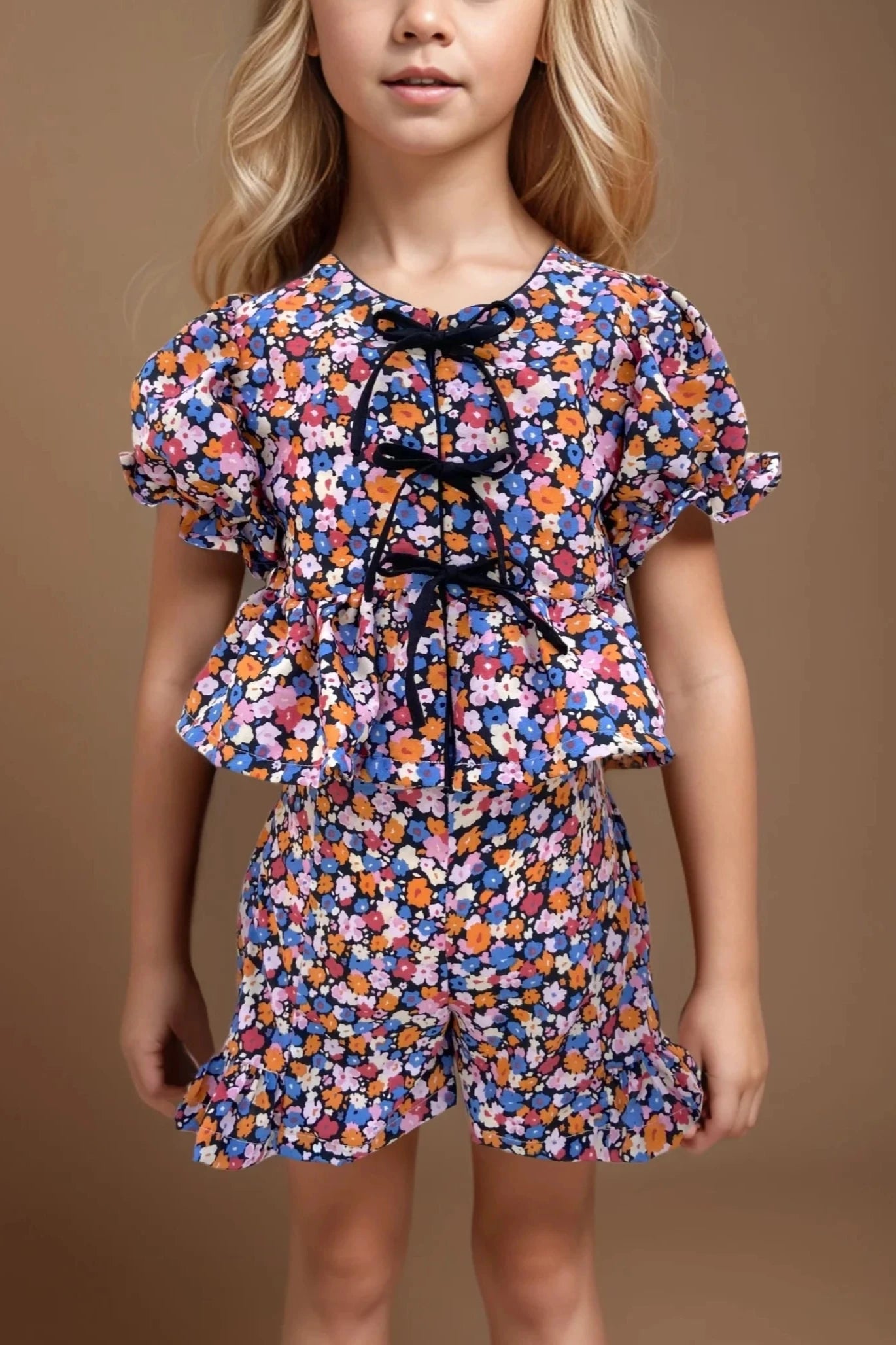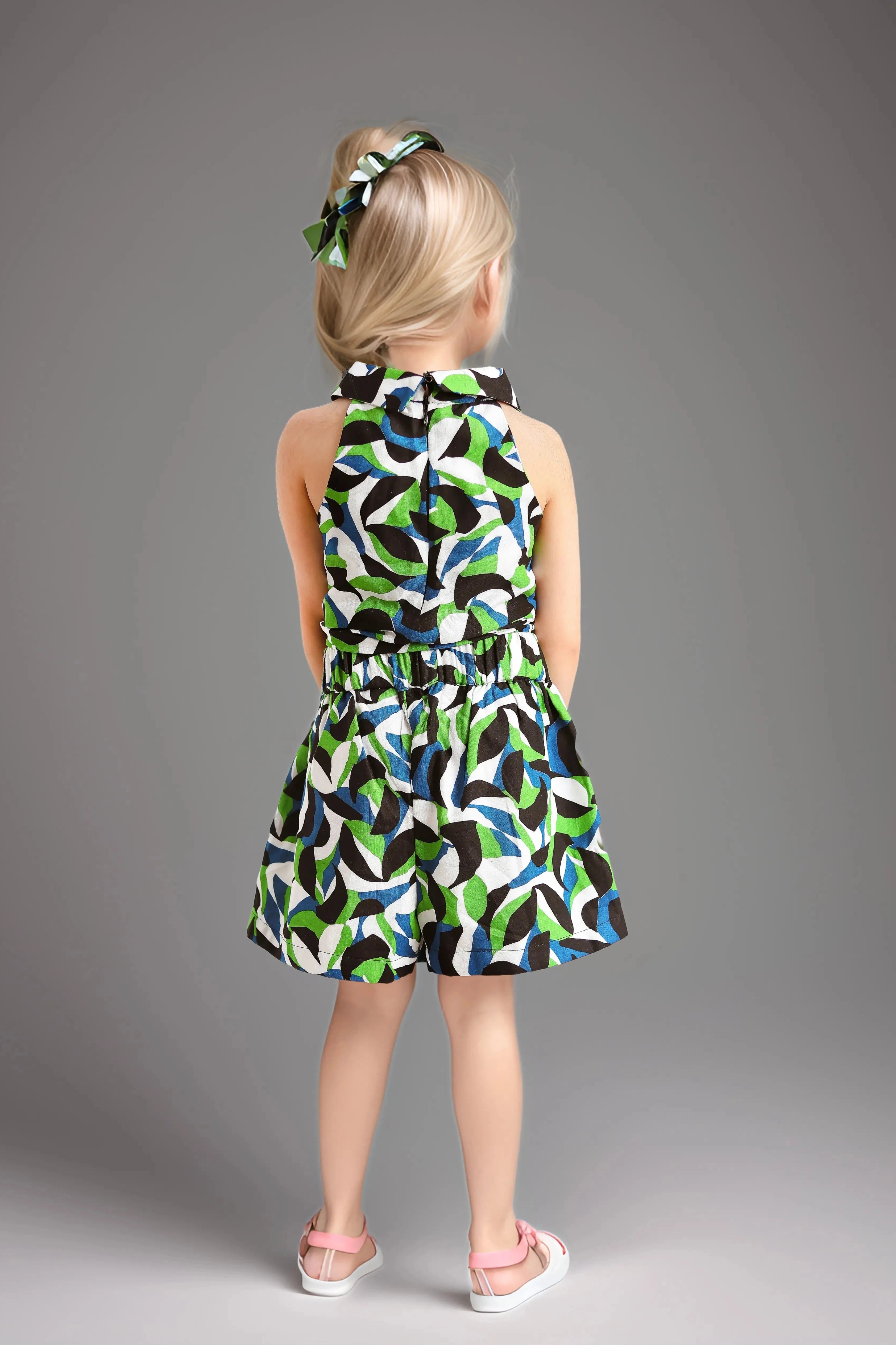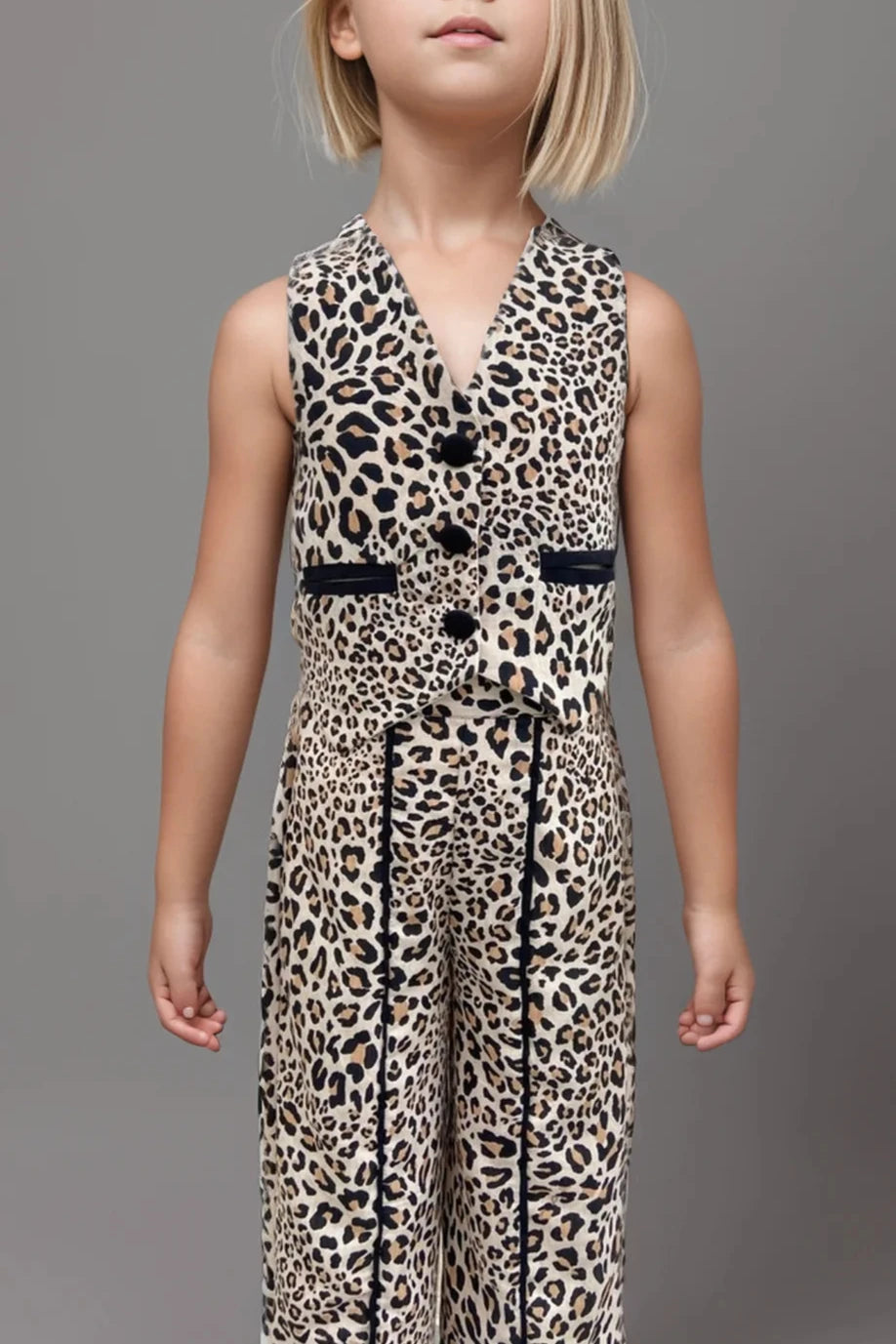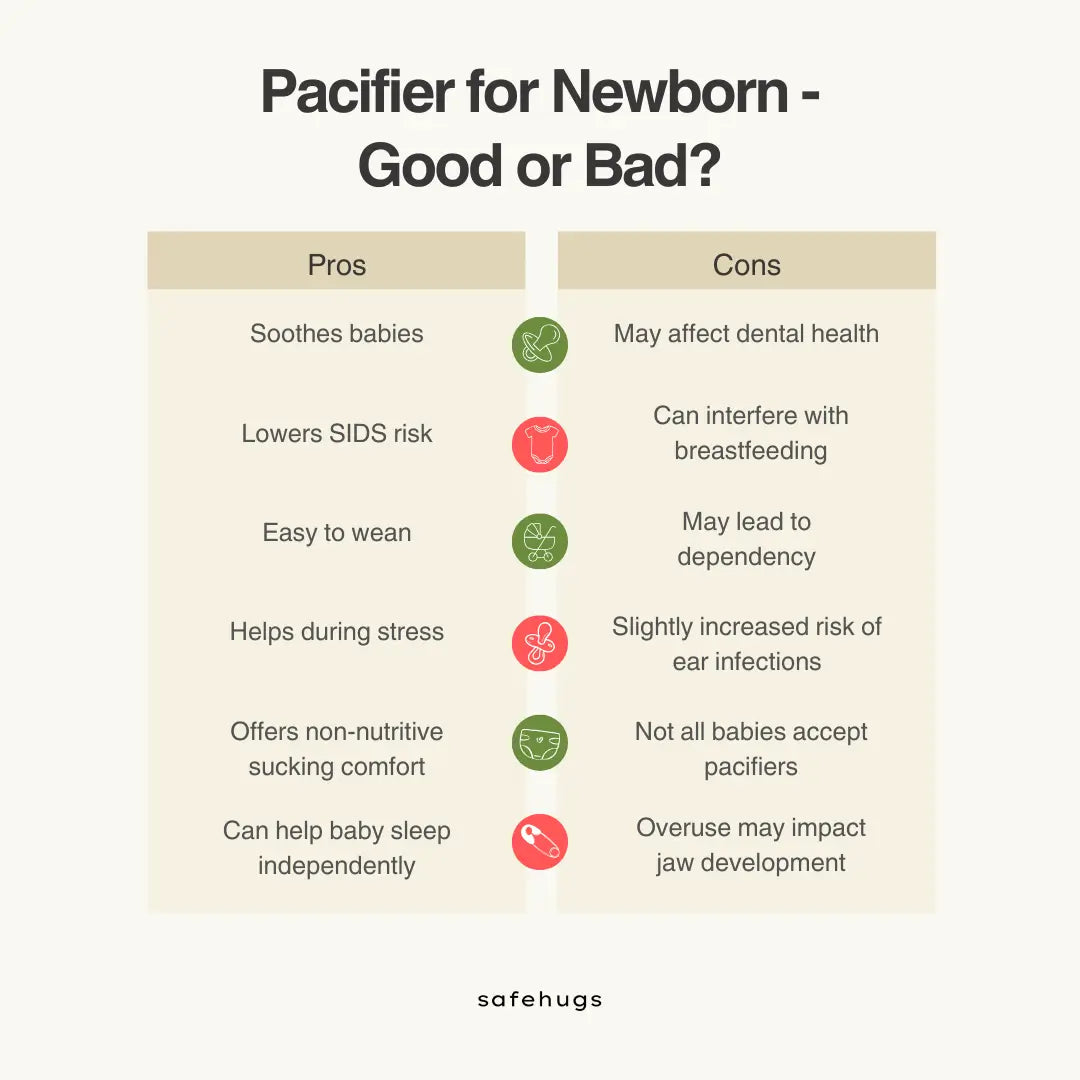How to treat Milk Blebs : Breastfeeding Moms
Table of Contents
Summary: Understanding milk blebs - what they are, why they happen, and how to ease the pain with trusted care and mom-tested advice.
A milk bleb, also known as a nipple bleb, is a small white or yellow spot that can appear on the tip of your nipple during breastfeeding. It’s caused by a blocked duct or pore, trapping milk under the skin. And yes, it can really hurt.
If feeding your baby suddenly feels like sharp pinches or burning pain, you might be dealing with one. The good news? There are effective milk bleb treatments that many parents have used to relieve pain and get back to comfortable nursing, most of them can even be done at home. Many new moms (and even experienced ones) don’t recognize a milk bleb right away. But understanding what causes it, how it feels, and which milk bleb treatment methods actually work can make all the difference.
What Is a Milk Bleb?

A milk bleb is a small, white or yellowish dot that forms on the nipple when milk gets trapped under a layer of skin. It often feels like a sharp pain or burning sensation during or after breastfeeding or pumping.
This happens when a pore on the nipple becomes blocked, either by thickened milk, skin overgrowth, or friction, and the milk has nowhere to go. Over time, pressure builds up behind that blocked pore, creating a painful little blister. It may look harmless, but anyone who’s had one knows - it can hurt. And if not treated, it can lead to clogged ducts or even mastitis.
"Nipple blebs are typically the result of a sticky substance called a 'biofilm' that gets pushed out of the milk ducts and forms a layer of white debris on the nipple." - Dr. Cindy Rubin, IBCLC, Pediatrician and Breastfeeding Medicine Specialist
Glossary :
Mastitis - Inflammation of breast tissue, usually caused by infection, leading to pain, redness, and swelling, often in breastfeeding women.
Milk Bleb vs. Thrush: Milk blebs appear as small white or yellow dots on the nipple and cause localized pain. In contrast, thrush is a fungal infection that typically causes a burning pain in both the breast and the baby’s mouth. It's important to distinguish between the two to ensure proper treatment. Symptoms of thrush include burning pain in the breast, sharp nipple pain, and white patches inside the baby’s mouth.
How Do You Know It’s a Milk Bleb?
You might have a milk bleb if you notice:
- A tiny white, yellow, or clear dot on the tip of your nipple
- Sharp or burning pain while breastfeeding or pumping
- Discomfort even between feeds
- A feeling of pressure or a small lump behind the nipple
Milk blebs are common and treatable. But because they look a lot like something else - milk blisters - it’s important to know the difference so you can treat it correctly.
Milk Bleb vs Milk Blister – Are They the Same?
|
Feature |
Milk Bleb |
Milk Blister |
|
What it is |
Blocked nipple pore with trapped milk under a thin skin layer |
Fluid-filled blister from friction, not milk blockage |
|
What it looks like |
Small white, yellow, or clear dot on the nipple |
Clear or reddish blister (like a tiny bubble) |
|
Pain level |
Sharp, stinging pain during feeding or pumping |
Sore, irritated nipple, especially from rubbing |
|
Main cause |
Milk trapped under skin due to a blocked duct or thickened milk |
Friction from poor latch, tight bra, or pump suction |
|
Filled with |
Milk |
Serum, clear fluid, or blood |
|
Associated with |
Clogged ducts, oversupply, or latching issues |
Nipple trauma, dry skin, or irritation |
|
Treatment approach |
Open the pore, relieve pressure, continue feeding |
Moist healing, reduce friction, improve latch |
Why Did You Get a Milk Bleb? (Top Causes)
Milk blebs often seem to appear out of nowhere but they’re usually a sign that something’s disrupting the normal flow of breast milk. These are the most common reasons:
- When milk doesn’t drain properly due to missed feeds, tight bras, or a poor latch, it can clog a duct, leading to a bleb. A poor latch puts uneven pressure on the nipple and ducts, which can cause blockages, reduced milk flow, and eventually engorgement or a decreased milk supply.
- Too much milk can create excessive pressure in the ducts, causing a plug to form at the nipple’s surface, which can lead to a bleb.
- If the baby isn’t latching deeply enough, the nipple may undergo repeated stress, which can cause trauma and lead to skin growing over the duct opening, blocking milk flow.
- Over-pumping, especially with an improper flange size, or wearing tight clothing can irritate the nipple and overstretch the ducts, increasing the risk of milk blebs.
- Hormonal changes during pregnancy, postpartum, or menstruation can make the milk ducts more susceptible to blockages, contributing to the development of milk blebs.
- Some people are more prone to skin buildup or keratin blockages, which can plug the duct’s surface and lead to blebs.
- Wearing tight bras, neglecting hygiene, or experiencing nipple trauma can increase the likelihood of developing milk blebs.
Priyanka Godse, one of our community members from Mom Insider, shared that she constantly dealt with milk blebs, fungal infections, and even mastitis because of not wearing a bra. A well-fitted bra helps support the breast and reduces unnecessary pressure on the milk ducts, which can prevent blockages and painful blebs from forming.
Effective Milk Bleb Treatment at Home (What Actually Works)
Here are some effective, tried-and-tested solutions that many moms from our Mom Insider community have found helpful, along with expert advice:

Home Remedies
- Warm Compresses - Applying a warm compress is one of the most effective ways to relieve a milk bleb. Soak a clean cotton ball in lukewarm water and gently apply it to the affected area. The warmth helps soften the milk buildup and encourages milk flow. Siya from our community suggests using a damp cotton ball soaked in lukewarm water or an electric heating pad to help release the pressure in the milk ducts.
- Gentle Massage - Gently massaging the area around the bleb can help relieve pressure and encourage milk drainage. Always massage in the direction of the nipple, not against it.
Mom’s Tip: Shweta uses Epsom salt mixed with warm water for a soothing massage. This helps relax the muscles and promotes milk flow, making it easier to manage a stubborn bleb. - Breastfeeding or Pumping - Continue breastfeeding or pumping to treat a milk bleb. Ensure your baby has a proper latch, or if you’re pumping, use the correct flange size. Regular emptying of the breasts prevents milk buildup and blockages.
Tip: For recurring blebs linked to plugged milk ducts, consider increasing the frequency of breastfeeding or hand expression to keep the milk flowing freely. - Proper Latch - Ensure your baby is latched on properly during feedings. An improper latch can put uneven pressure on the nipple and ducts, leading to frequent blebs.
- Pumping Routine - Avoid excessive pumping, as it can overstretch the nipple and ducts, leading to irritation and blebs. Use the right pressure and pump for an appropriate amount of time to avoid unnecessary strain.
- Hormonal Changes - For women experiencing hormonal fluctuations (e.g., postpartum or menstruation), adjusting your breastfeeding or pumping routine may help alleviate some issues caused by hormonal shifts.
- Hand Expression - Hand expression can help dislodge the plug causing the bleb. Begin by warming the area with a compress, then gently massage the area near the bleb with your fingers, applying gentle pressure to encourage milk flow.
Additional Remedies
- Olive Oil - Experts recommend applying a small amount of olive oil to the bleb, which can help loosen the plug and soften the skin around it. Massage gently to help remove the blockage.
- Epsom Salt - Soak a cotton ball in warm water mixed with Epsom salt and apply it to the affected area. Epsom salt helps reduce inflammation and improves circulation in the breast tissue.
- Massage - Use a gentle circular motion to massage the breast around the bleb. This can help break up the blockage and encourage milk flow.
Learn the right way to massage - Lymphatic Massage for the Breast During Pregnancy and Lactation.
Creams That Help
- Lanolin Cream - Lanolin is a popular choice among breastfeeding moms. It soothes sore nipples, helps prevent irritation, and softens a milk bleb. Apply a thin layer of lanolin cream directly to the bleb to aid healing.
- Coconut Oil - Coconut oil has natural antifungal and antibacterial properties, which can help prevent infection if the bleb causes any open wounds or cracks in the skin. It’s gentle, moisturizing, and natural.
- Vitamin E Oil - Vitamin E oil is known for its healing properties. Applying it to the affected area can help with healing and reduce scarring as the bleb begins to heal.
When You May Need Antibiotics
If the milk bleb is accompanied by signs of infection such as redness, swelling, or fever, this could indicate an infection. In such cases, it's best to consult your healthcare provider. Untreated milk blebs can lead to mastitis, which may require antibiotics.
If the milk bleb persists or recurs, it might indicate that the duct isn’t draining properly. Your doctor may recommend antibiotic ointments or a course of oral antibiotics to prevent further complications.
Quick Tips
- Avoid picking at the bleb. Although it might be tempting, do not try to pop or pick at the bleb, as this can lead to irritation or infection.
- A well-fitted, supportive bra can help prevent future milk blebs by reducing unnecessary pressure on the milk ducts and improving circulation.
By following these remedies and tips, most milk blebs can be managed at home. However, if you experience severe pain, fever, or persistent symptoms, be sure to reach out to your healthcare provider for further assistance.
When to Call the Doctor (Don’t Wait If…)
Most milk blebs resolve with home care, but there are times when professional help is necessary. Contact your doctor if you notice any of the following:
- If the pain is intense and doesn't improve with warm compresses, massage, or breastfeeding, it could signal a deeper issue.
- If the bleb hasn't improved after a few days of home treatment, it's time for a medical opinion.
- Redness, warmth, swelling, or a fever may indicate mastitis - a breast infection that requires antibiotics.
- If milk blebs keep coming back, it could point to a problem with milk drainage or latch. A lactation consultant or doctor can help address the root cause.
- Moms who’ve previously had mastitis or blocked ducts should be especially cautious and seek help early.
- Unusual fatigue, chills, or flu-like symptoms alongside breast discomfort shouldn't be ignored.
Common Questions Parents Ask
Will Milk Blebs Go Away on Their Own?
Yes, many milk blebs resolve on their own with consistent at-home care like warm compresses, gentle massage, and continued breastfeeding or pumping. If the bleb persists for more than a few days or becomes painful, consult your healthcare provider.
Can You Prevent Milk Blebs?
Absolutely! Here are a few proven ways to reduce the chances of developing them:
- Ensure a proper latch, because an uneven latch can lead to poor milk drainage and increase pressure on certain areas of the nipple.
- Breastfeed or pump on schedule to prevent blockages.
- Avoid tight-fitting bras or clothing that compresses your breasts.
- Varying nursing positions can help drain different milk ducts and keep milk flowing freely.
- Wash nipples with warm water, and avoid drying soaps that may irritate the skin.
- If pumping, avoid high suction levels or over-pumping, which can stress the nipple and ducts.
What Does Milk Bleb Pain Feel Like?
Milk bleb pain is often described as sharp, burning, or stabbing, especially during nursing or pumping. Some moms also experience a feeling of pressure or a small lump behind the nipple.
Can Milk Blebs Cause Engorgement?
Yes. When a milk bleb blocks a duct, milk flow is restricted, which can lead to engorgement, swelling, and discomfort. This makes treating the bleb promptly important to prevent further complications.
Can Milk Blebs Cause Mastitis?
Yes. If a milk bleb leads to infection, it can develop into mastitis, a condition marked by redness, swelling, pain, and fever. Mastitis needs prompt medical attention. If you experience flu-like symptoms or a high fever, contact your doctor.
Can Milk Blebs Appear on the Areola?
Yes. While they most commonly occur on the nipple, milk blebs can appear on the areola too - usually as a small white or yellow spot. Treat them similarly with gentle methods and monitor for any changes.
What If a Milk Bleb Doesn’t Go Away?
Persistent blebs can block milk flow, leading to engorgement or even reduced milk supply over time. If your bleb won’t go away despite care, get evaluated to rule out underlying issues.
A Note to Mothers
Taking care of a milk bleb can be challenging, but rest assured, you're not alone. Many moms in our Mom Insider community have shared their personal experiences with milk blebs and the best ways to manage them. Whether it’s using warm compresses, massaging with Epsom salt, or ensuring you wear the right bra, the support and tips from real moms who’ve been there can make a huge difference.
While treating a milk bleb at home can work for many, if you’re ever unsure or the bleb doesn’t improve, don’t hesitate to reach out to your doctor. It's always better to be cautious, and getting advice from others who’ve walked that path can also make you feel more at ease.
Remember, every mom’s breastfeeding journey is different, and what works for one might not work for another. So take your time, trust your body, and reach out to the community for support when needed. You’ve got this, and you’re doing amazing!
References
- Cleveland Clinic. Milk Bleb
- Medical News Today. What to know about milk blisters or blebs
- Michigan Medicine. Plugged Milk Ducts and Milk Blebs PDF
- La Leche League USA. Mastitis, Slowed Milk Flow, and Milk Blisters
Related:
- Check out our blog on Vaccination Schedule in India for Kids.
- Check out our blog on Top 10 Parenting Apps For Indian Parents.
- Check out our blog on Top WhatsApp Groups for Moms in India.
- Check out our blog on Top 10 Parenting Blogs in India.
- Check out our blog on WhatsApp Support Groups for Single Parents.
FAQ'S
1. Can You Get a Milk Bleb Without Being Pregnant?
Yes, especially if you’re breastfeeding or pumping postpartum. In rare cases, hormonal changes may also cause milk production, leading to blebs even without recent pregnancy.
2. What Comes Out of a Milk Bleb?
When a bleb clears, trapped milk may be released. Occasionally, you might notice a small amount of blood or clear fluid, this is generally normal unless signs of infection are present.
3. Can Milk Blebs Last for Months?
No, they shouldn’t. A bleb that lasts for weeks or months could point to an unresolved duct blockage or infection. Medical help is needed in such cases.
4. How Long Does a Milk Bleb Last?
Typically, a milk bleb lasts a few days to a week with consistent home treatment. If it lingers beyond a week or worsens, professional medical evaluation is recommended.
5. Should You Pop a Milk Bleb?
No, never forcefully pop a milk bleb. Instead, use warm compresses, gentle massage, and regular nursing or pumping. If it doesn’t resolve, consult a lactation consultant or doctor.





